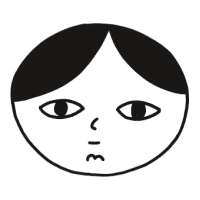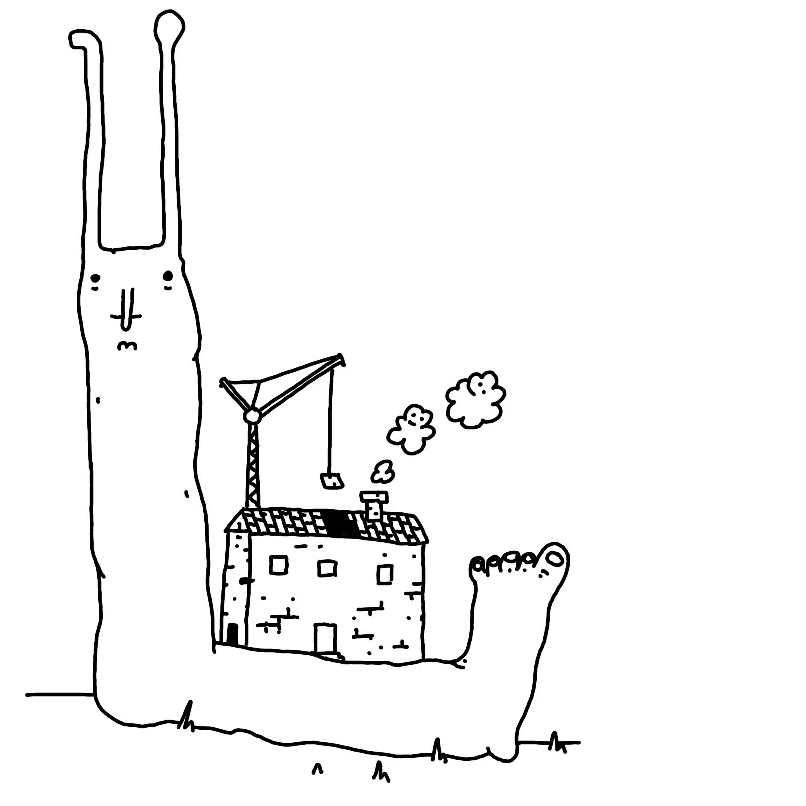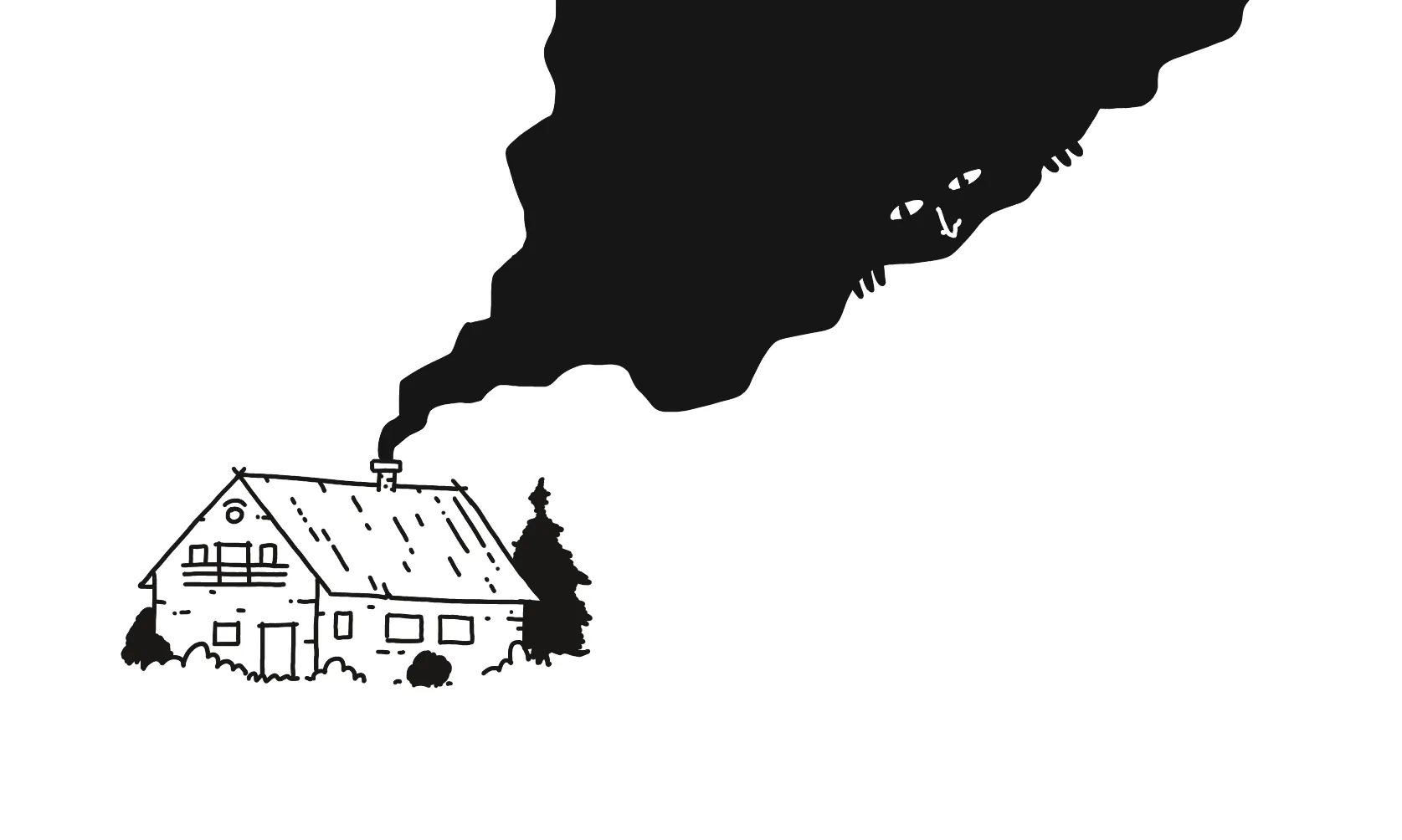Here's how Sibylla Bostoniensis (from here on SB) describes the Patreon model in How to Compete with Patreon [New Media, Tech, Patreon]:
You can support creators by:
- paying a fixed amount via subscriptions (by-month)
- paying per unit of work (by-work)
2. is interesting because the actual cost is controlled by the creator. Say, I charge €100 per each article published on sonnet.io. If I get nothing done, I earn nothing. If I manage to somehow publish 5 quality articles in a month, I'll get paid €500. If I fall into a cauldron filled with Gauls' magic potion (likely laced with Aderall) and end up producing 15 articles — I'll get paid €1500. In all cases I'm charging the patrons automatically, without any checks from Patreon.
This puts some pressure on the creator. If they suddenly decide to game the system and prioritise quantity over quality, they'll piss off their audience, likely making some of them leave. Solution: a) don't be a dick b) convince your patrons to set up monthly spending limits.
What I like about this:
Neither a) nor b) are difficult. This approach relies on “soft”, social pressures. These kinds of measures are flexible and more robust, mimicking how our societies used to function until recently.
It doesn't prevent others from having access to content I paid for. By paying SB, people allow others to benefit from her work. I'm not losing anything by letting you read the article I sponsored. Why does this seem to piss off so many people?
To us, modern humans Property and Ownership are Sacred. To truly own something means more than to control it: we need to be able to prevent others from benefiting from it and we need to be able to destroy it.
This is similar to what The Guardian was talking a few years back — many of their supporters paid them so others could read it.
This makes sense to me both as a consumer and creator. I want to support others, I want to be able to support myself through my work, and I want as many people as possible to see it because the strongest motivation I have is intrinsic: I want to connect with people! I wish this model was more widely adopted. I wish it didn't feel so intimidating to me.
That's all for now. See you tomorrow!
P.S. This is a system relying on "soft", social measures to allow people to create something of value without making that something scarce. It is the opposite of, say NFTs (ugh), where people are expected to pay for something worthless and introduce scarcity. Thus ending up with thousands of people LARPing becoming art promoters in the most cringe-inducing way possible: trying to play Minecraft in meatspace.
 Did you enjoy reading this article? Consider
Did you enjoy reading this article? Consider 
